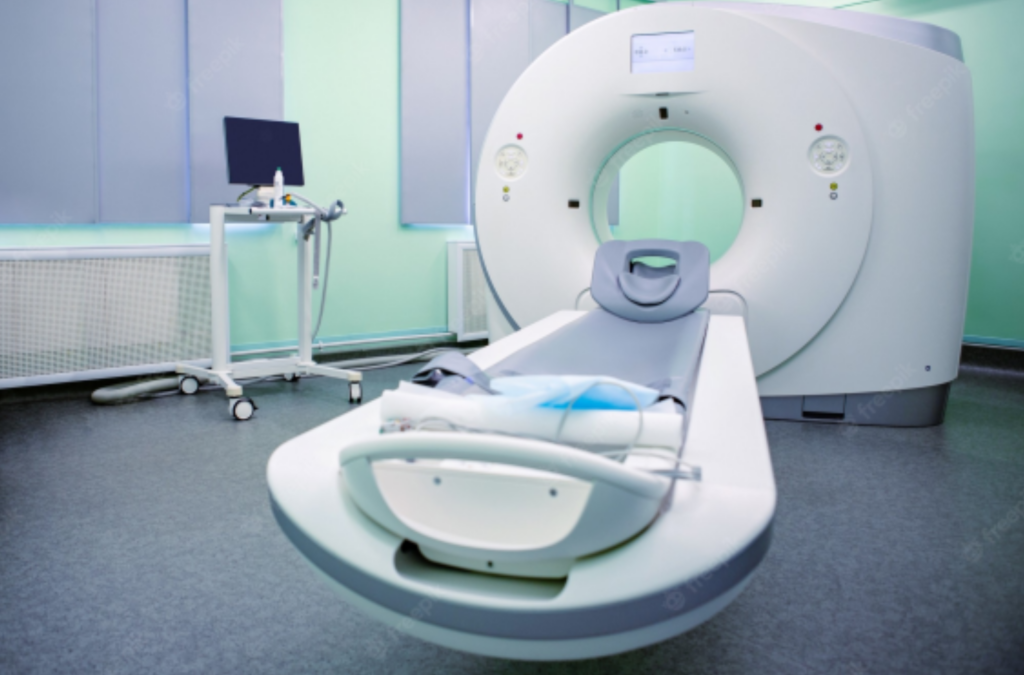A non-invasive cat scan can save your life. Here is why you should get one if you have an elevated risk of cancer or another critical illness—and what you can do to make sure the cat scan is safe. CAT scans are a special type of imaging technique that uses computer processing to combine multiple images of different slices of the body into a single document that looks like an anatomy textbook illustration.
It is also called computed axial tomography because it measures the density of different substances and how they respond to X-ray radiation—in other words, how much they conduct electricity or ‘conduct’ (that’s where the ‘axis’ comes in).
Immediate Benefits of a CAT Scan
A CAT scan is often the best way to detect life-threatening diseases early on when they’re most treatable. Here are some of the ways a CAT scan can benefit you right away:
- A baseline image of your body: A CAT scan creates an image of your body as a whole, while other imaging techniques such as an X-ray or MRI focus on certain organs or bones. This gives your doctor a better idea of the full picture of your health.
- Easier detection of abnormalities: Because a CAT scan creates a full-body image, it’s easier to spot abnormalities in your body compared with other imaging techniques.
- Better detection of cancers and diseases: A CAT scan creates a higher-resolution image than other imaging techniques, so it can detect cancers and other diseases even sooner.
- More accurate diagnosis: The full-body image from a CAT scan gives your doctor more information to help you get an accurate diagnosis.
- More detailed information: The full body image from a CAT scan is more detailed, providing more information about your health.
- Better treatment plan: The fuller picture of your health from a CAT scan can help your doctor create a more precise treatment plan tailored to your needs.
How CAT Scans Can Save Your Life
CAT scans are such a powerful diagnostic tool because they can see inside the human body without physically opening it.
This means they’re able to detect abnormalities that might otherwise go unnoticed, including some types of cancer. One study looked at the impact of early detection of breast cancer on survival rates. It found that early detection with mammography led to an 11% decrease in mortality rates.
When early detection is possible, it can save lives. A CAT scan can also be used to keep track of the progress of certain diseases, so doctors can see if treatments are working. This can be especially helpful for patients with diseases like multiple sclerosis or Alzheimer’s, in which there are few if any symptoms until it’s too late to treat the disease.
Side Effects of a CAT Scan
The radiation-based process behind a CAT scan can lead to some serious side effects. However, with the right precautions, these side effects can be minimized. Here are some of the most common side effects of a CAT scan:
- Increased cancer risk: The radiation given off by a CAT scan has been linked to an increased risk of developing cancer, particularly in the area of the body that was scanned.
- Irradiation of internal organs and blood vessels: The radiation given off by a CAT scan can also irradiate the blood vessels and internal organs of the person being scanned. This can cause temporary damage, which can sometimes be corrected by the body’s natural healing process.
- Increased risk of infection: The radiation given off by a CAT scan can also increase the risk of developing infections, particularly in the area being scanned.
- Damaging the fetus during pregnancy: A CAT scan is not normally recommended for pregnant women, partly because the radiation given off may damage the fetus.
How You Can Make a CAT Scan Safer for You
As you can see, getting a CAT scan brings with it several potential dangers. Fortunately, there are ways to mitigate or even prevent the side effects of a CAT scan. Here are a few tips:
- Stay hydrated: This can help your body flush out the radiation more effectively. – Protect your skin: Make sure your skin is well-covered with clothing while you’re in the CAT scanner, as this can help to prevent radioactive particles from entering your bloodstream.
- Keep your genetic information private: If you’re at a high risk of developing a genetic disease, make sure you get tested for it. Your results should be kept private so that the facts don’t make their way into your CAT scan report. – Ask your doctor about alternatives: Other diagnostic techniques don’t involve radiation exposure. If you can, ask your doctor about alternatives.
- Schedule your scan during low radiation hours: Some parts of the country have higher levels of radiation in the air than others, so you might want to schedule your CAT scan during low radiation hours if you live in a particularly radioactive part of the country.
Conclusion
A CAT scan is an excellent diagnostic tool, but it comes with significant risks. If you’re worried about radiation exposure, ask your doctor about alternatives. You can also minimize radiation exposure by staying hydrated, covering your skin, protecting your internal organs and blood vessels and keeping your genetic information private.


